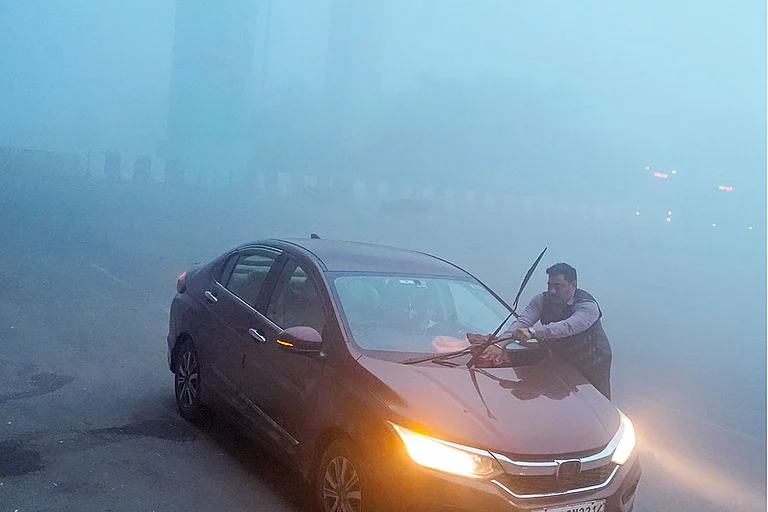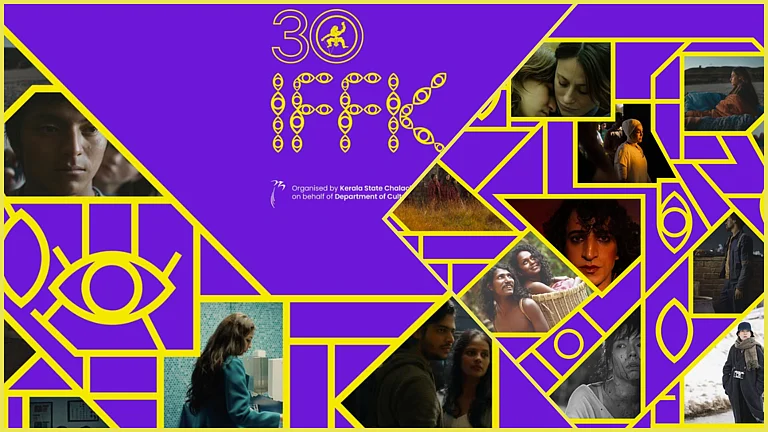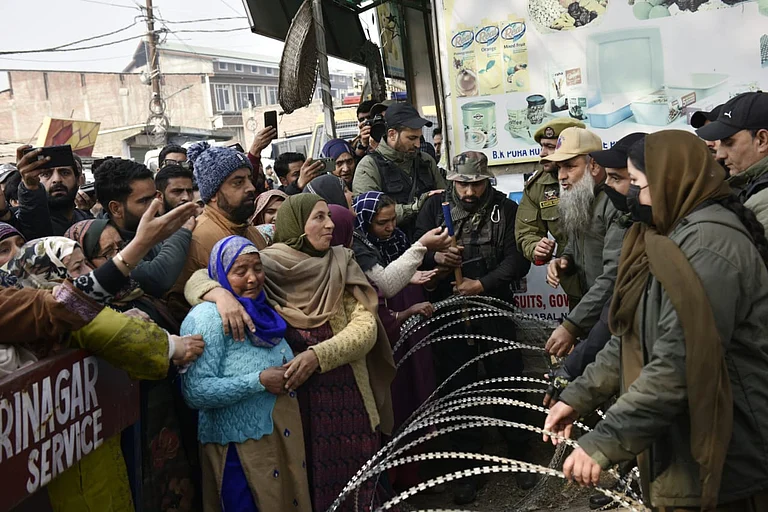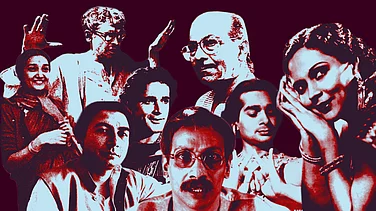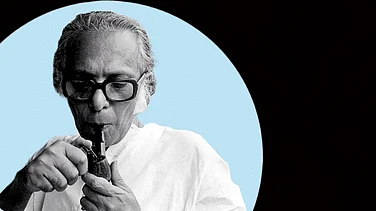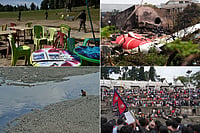At this year’s Met Gala, amid conversations about tailoring, identity, and the politics of fashion, one element lay largely outside the spotlight—yet under every step. The carpet, a 63,000-square-foot indigo base layered with golden floral motifs, was produced by a rug design house based in Alleppey, Kerala, Neytt by Extraweave. This marked Neytt’s third consecutive appearance at the Met Gala, but 2025’s installation stood out not just for its scale, but for how seamlessly it aligned with the Costume Institute's curatorial theme: Superfine: Tailoring Black Style.
While most of the attention at the Met is focused on garments, accessories, and red carpet soundbites, the carpet itself serves both as a stage and an artefact. This year’s version was woven using sisal fibres sourced from Madagascar. Its colour—a deep indigo—was chosen in part for its historical connotations. Indigo has long been associated with the transatlantic slave trade, colonial enterprise, and exploited labour, linking the material realities of fashion’s past to the thematic core of this year’s event, which explored Black dandyism and self-fashioning.
The design was developed in collaboration with artist Cy Gavin, who selected the narcissus bloom as a visual anchor. Gavin has spoken with Vogue of his interest in the flower’s association with spring, rebirth, and the myth of Narcissus as a moment of self-recognition—a reflection that felt particularly apt for an exhibition focused on identity and perception.
Founded by Sivan and Nimisha Suresh, Neytt is a relatively young design label but operates within Extraweave, a company with a longer industrial history and longstanding export relationships with IKEA, Pottery Barn, and Ralph Lauren Home. While Neytt has supplied rugs to the Met Gala since 2019, its growing role in shaping the visual language of the event has only recently begun to gain attention in India.
The company’s production centre in Kerala includes machinery imported from Belgium, Ireland, and Italy. But its location in Alappuzha—a region historically known for coir and handloom—grounds the brand in a specific material and labour context. The carpet for the 2025 Met Gala was not just a design object, but also a technical product: 100% biodegradable, durable enough to bear heavy foot traffic, and installed across the museum’s iconic steps within a tight production window.
At an event that thrives on visibility, for Neytt, the Met Gala carpet is both a global commission and a quiet assertion of presence. Much of its work remains unseen, or at least underexamined. Yet the decision to root the event’s visual foundation in a textile made in Kerala speaks to a broader shift in how Indian manufacturing is positioned in the global luxury landscape—not as outsourced labour, but as an integral part of the aesthetic and conceptual framework.








